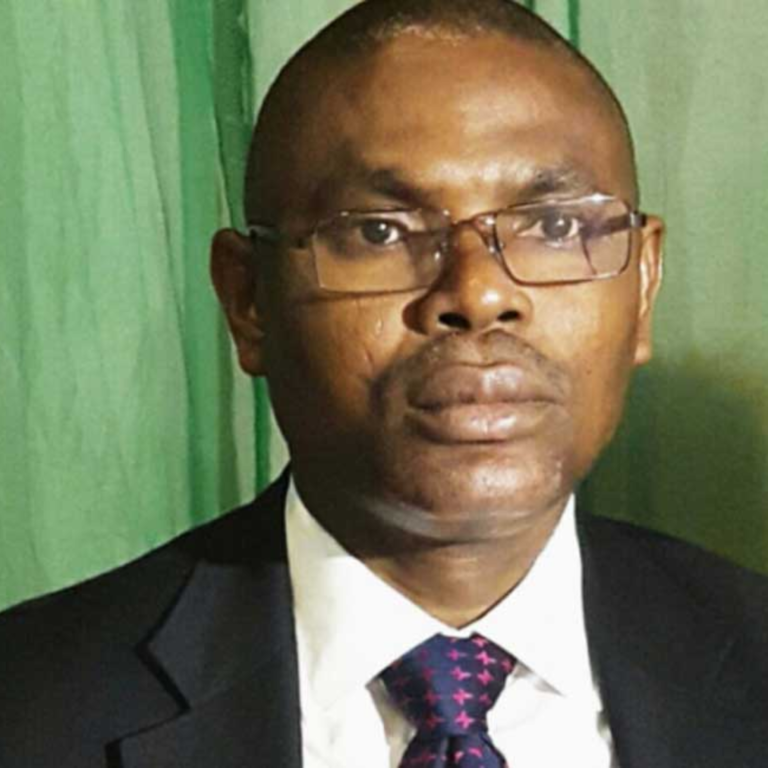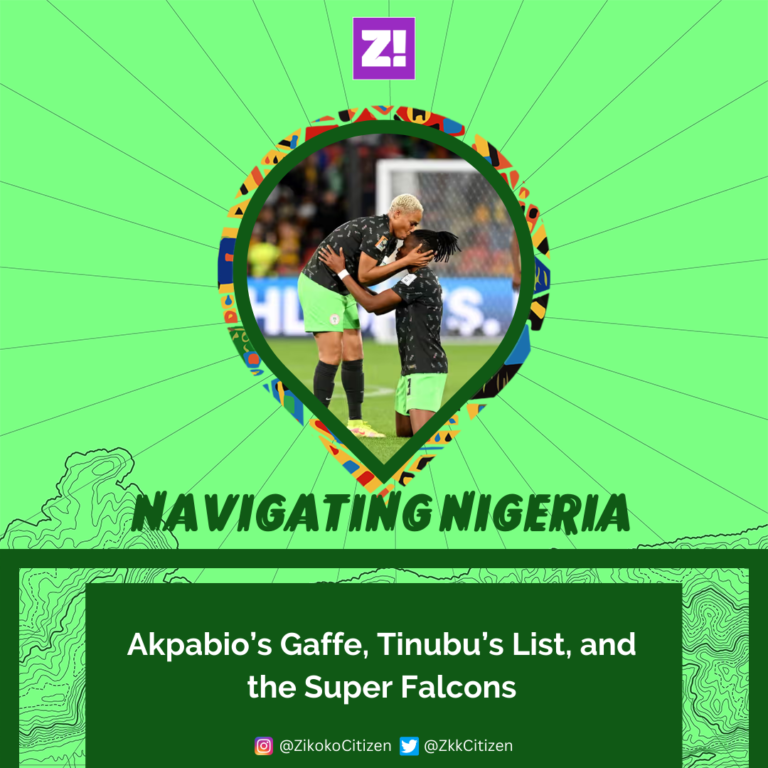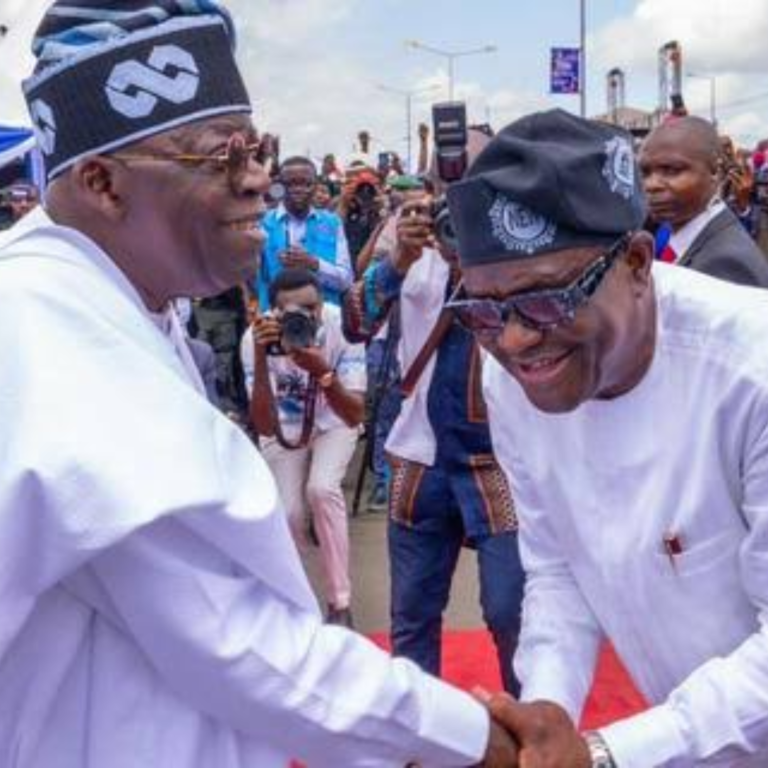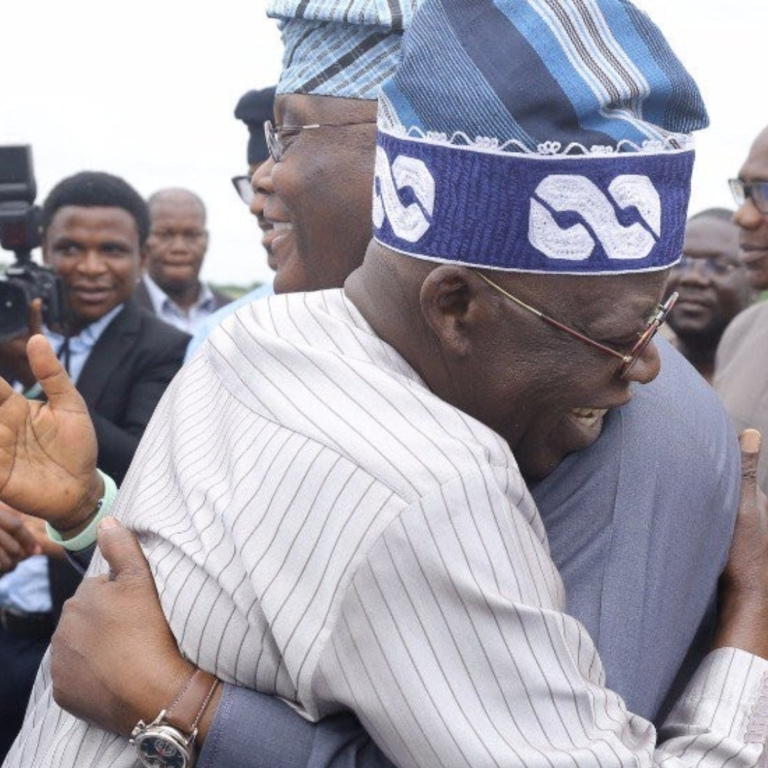On December 8, 2022, the Minister of Works and Housing, Babatunde Fashola, announced that the Second Niger Bridge will be open from December 15, 2022 to January 15, 2023, to ease traffic during the festive period.
Usually when announcements are made regarding roads, it’s either there’s a diversion or a section is being closed off for work. So you should welcome this rare bit of good news for the relief it’ll bring to travellers.
But that got us thinking, what really is the Second Niger Bridge and why’s it important?
Some background
Second implies there’s a first, just like Secondus implies there’s a Festus. The first bridge is more popularly known as the River Niger Bridge, aka The Onitsha Bridge.
The River Niger Bridge [AutoJosh]
The 1.4km bridge was completed in 1965 and links Onitsha in Anambra State with Asaba in Delta State. It’s historical because of its role in the Nigerian Civil War between 1967 and 1970. Biafran soldiers destroyed it to stop the advance of the Nigerian Army.
The last time the bridge underwent a major rehabilitation was under Goodluck Jonathan’s administration.
The Second Niger Bridge
The idea of a Second Niger Bridge has been a frontburner in Nigerian politics for quite some time, as far back as 1978. Actually that naming convention we mentioned earlier is a bit misleading because seven major bridges already exist over the River Niger. So, a more accurate descriptor would be the “Second Niger Bridge at Onitsha.”
Aerial view of the Second Niger Bridge. [Julius Berger]
Many administrations, as far back as General Ibrahim Babangida’s government in the 1980s, had plans to construct the Second Niger Bridge but they didn’t materialise. Olusegun Obasanjo also promised to deliver the bridge but only started major work on it five days before leaving office.
Umaru Musa Yar’Adua inherited the project but his ill health and eventual death meant he couldn’t deliver on it. Jonathan took over the project and famously promised to go into exile if he didn’t deliver it by 2015. Nigerians must have taken him by his words because they subsequently booted him out of office that year.
When Muhammadu Buhari took office, he initially cancelled contracts previously awarded for the bridge. But someone must have whispered in his ears that it might be legacy-defining if he somehow found a way to complete it. So work resumed and that’s where we are now. No wonder Festus Keyamo can use it to score buga points for Buhari.
So why’s the Second Niger Bridge important?
Julius Berger, the contractors in charge of work on the bridge say the Second River Niger Bridge is part of a new motorway ring, which aims to minimise traffic congestion on the old bridge and to strengthen the entire region generally.
The construction involves a 1,600m long reinforced concrete river crossing with a maximum span of 150m, as well as one motorway junction, one toll station, and as a further challenge, 10km of road construction on extremely soft and swampy terrain.
Toll booth at Second Niger Bridge [Julius Berger]
If completed, it would ultimately bring an end to speculation about the status of the bridge that has been a headache for many administrations. It would yield economic benefits too. And at the very least, it would be something Buhari finally gets right in an administration riddled with failed promises.




